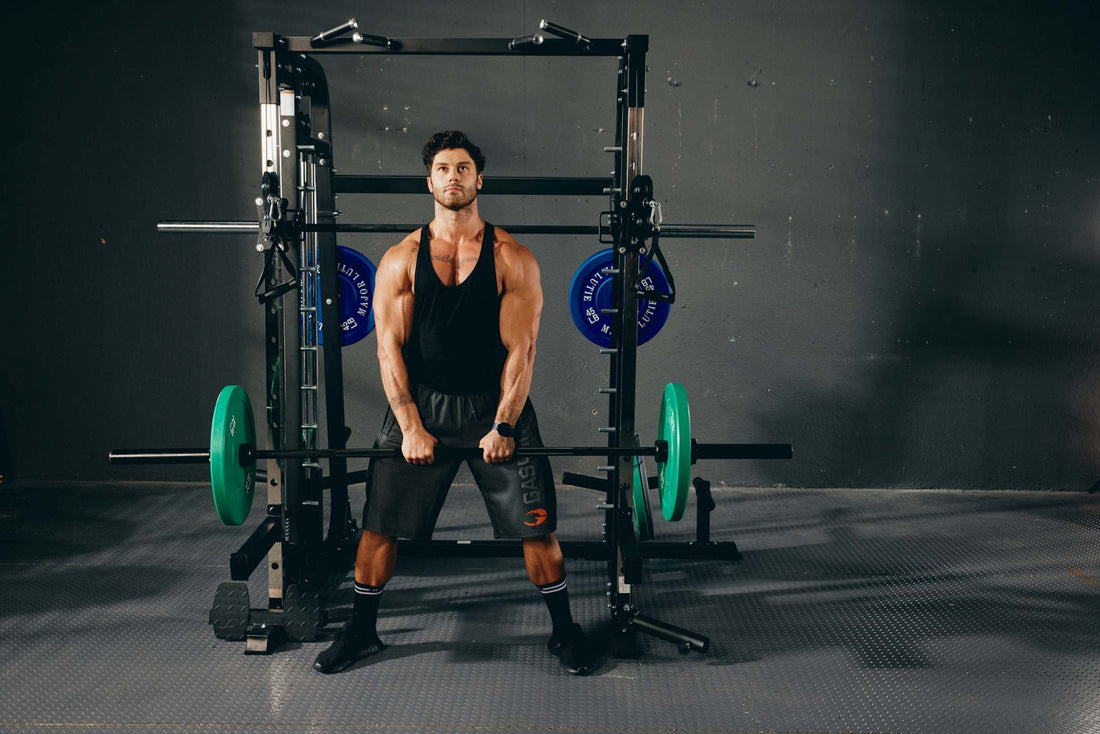
RDL or Deadlift: If you’ve been hitting the gym regularly, you’ve likely encountered these two powerhouse exercises. The Romanian Deadlift (RDL) and the traditional Deadlift are often hailed as cornerstones of strength training and muscle development. But which one reigns supreme? Buckle up as we delve deep into the mechanics, benefits, and optimal uses of these two formidable lifts.
The Mechanics of RDL
Romanian Deadlifts, also known as RDLs, primarily target the posterior chain, which includes the hamstrings, glutes, and lower back. The exercise starts from a standing position with the barbell held at thigh level. The key motion involves hinging at the hips, lowering the barbell while maintaining a slight bend in the knees. The back must remain straight throughout the movement to avoid injury.
Key Points:
- Start standing with a barbell at thigh level.
- Hinge at the hips with a slight knee bend.
- Lower the barbell while maintaining a straight back.
- Return to the starting position by driving your hips forward.
The Mechanics of Deadlift
The traditional Deadlift is a full-body exercise that involves lifting a barbell from the ground to a standing position. Unlike the RDL, it starts from the floor, incorporating a broader range of muscles. This movement not only targets the posterior chain but also engages the quads, core, and upper body. Proper form is crucial, as improper technique can lead to severe injuries.
Key Points:
- Start with the barbell on the floor.
- Position feet shoulder-width apart with toes pointing slightly outward.
- Grip the barbell, keeping your arms straight and back flat.
- Drive through your heels to lift the bar, extending your hips and knees simultaneously.
- Lower the bar back to the floor by reversing the motion.
Benefits of RDL
The RDL is renowned for its ability to isolate the hamstrings and glutes, making it an excellent exercise for those looking to enhance their posterior chain. This movement is also beneficial for improving hip mobility and strength, which can translate into better performance in other lifts and sports.
Advantages:
- Isolates hamstrings and glutes.
- Improves hip mobility.
- Reduces the risk of lower back injury when performed correctly.
- Enhances athletic performance through improved posterior chain strength.

Benefits of Deadlift
The traditional Deadlift offers a comprehensive workout, engaging multiple muscle groups simultaneously. This makes it one of the most effective compound exercises for building overall strength and muscle mass. Additionally, Deadlifts can help improve posture, increase grip strength, and boost metabolic rate due to the high energy expenditure.
Advantages:
- Engages multiple muscle groups.
- Builds overall strength and muscle mass.
- Improves posture and grip strength.
- Increases metabolic rate.
Comparative Analysis: RDL or Deadlift
Choosing between the RDL and Deadlift often depends on individual goals and limitations. If your primary objective is to build hamstring and glute strength while minimizing lower back strain, RDLs might be your best bet. On the other hand, if you're seeking a full-body workout that maximizes strength gains, the traditional Deadlift could be more beneficial.
When to Choose RDL:
- Focus on hamstring and glute development.
- Improving hip mobility.
- Minimizing lower back strain.
When to Choose Deadlift:
- Full-body strength and muscle mass.
- Posture improvement.
- Overall metabolic boost.
Common Mistakes and How to Avoid Them
Both lifts require precise form to maximize benefits and minimize the risk of injury. Common mistakes include rounding the back, improper grip, and incorrect bar path.
For RDL:
- Keep the back straight to avoid lower back injury.
- Maintain a slight bend in the knees.
- Hinge at the hips, not the waist.
For Deadlift:
- Ensure a flat back during the lift.
- Use a mixed grip for better control.
- Keep the barbell close to the body throughout the lift.
Conclusion
The debate between RDL or Deadlift is less about which exercise is superior and more about which one aligns better with your fitness goals. Both have their own unique advantages and can be complementary rather than mutually exclusive. Whether you’re aiming for targeted muscle isolation or an all-encompassing strength exercise, incorporating both RDLs and Deadlifts into your regimen can provide a balanced and comprehensive approach to fitness.





















